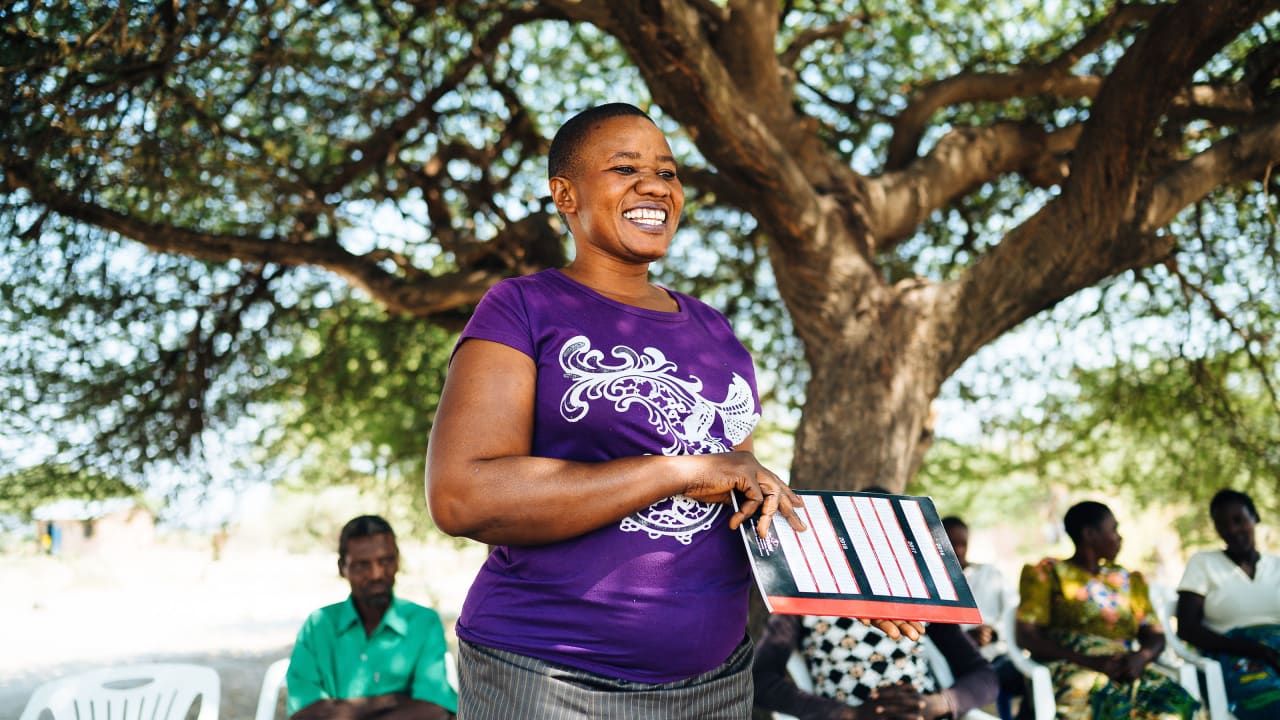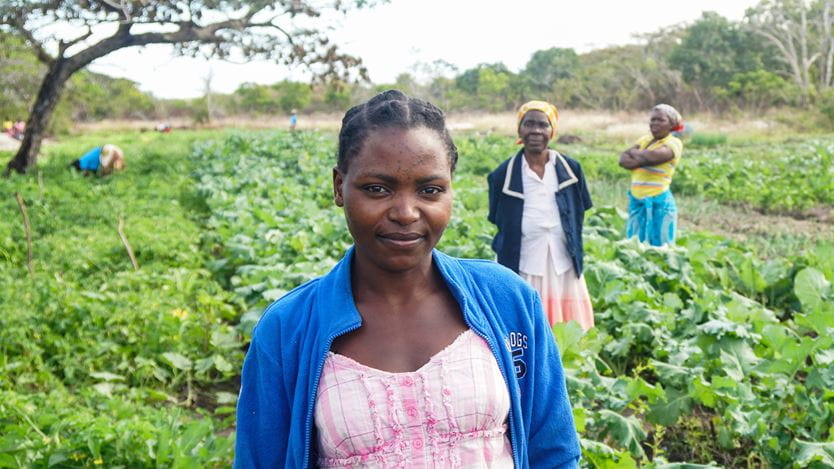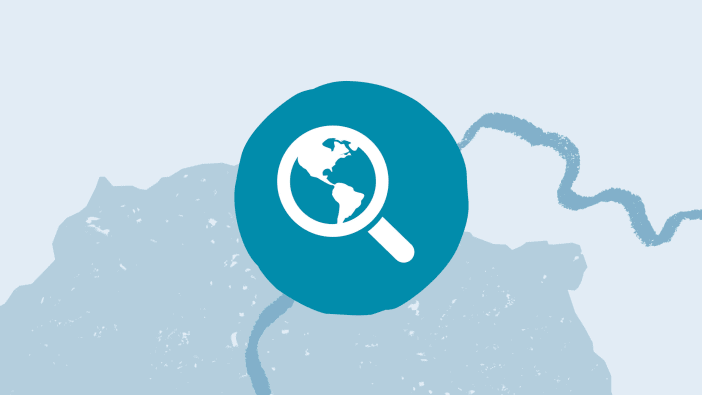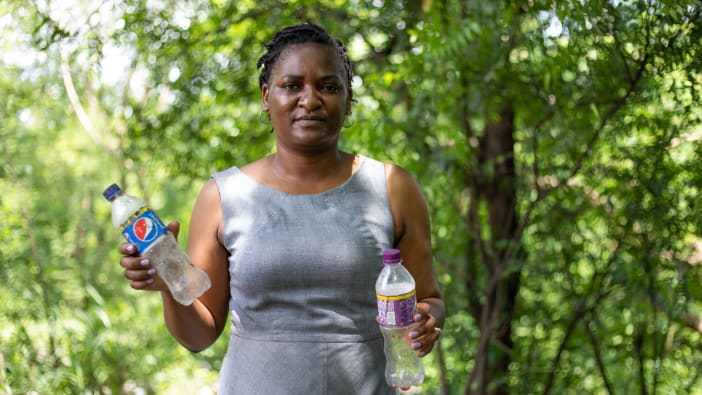Tearfund's Advocacy toolkit is easy to understand and easy to use.
Contents
- The what, where and who of advocacy
- The why of advocacy
- Overview of the advocacy cycle
- Issue identification
- Research and analysis
- Planning
- Taking action
- Monitoring, reviewing, evaluation and learning
Each section is in three parts:
- Teaching notes covering the most important points in question and answer format
- Tools that are designed to be freestanding but also to double up as handouts in a training workshop
- Training exercises for applying the teaching and using the tools in a training workshop, with clear instructions about how to facilitate them
Related resources
There are also PowerPoints to be used in training, all available online.
Using the internet and mobile phones as part of the advocacy cycle









